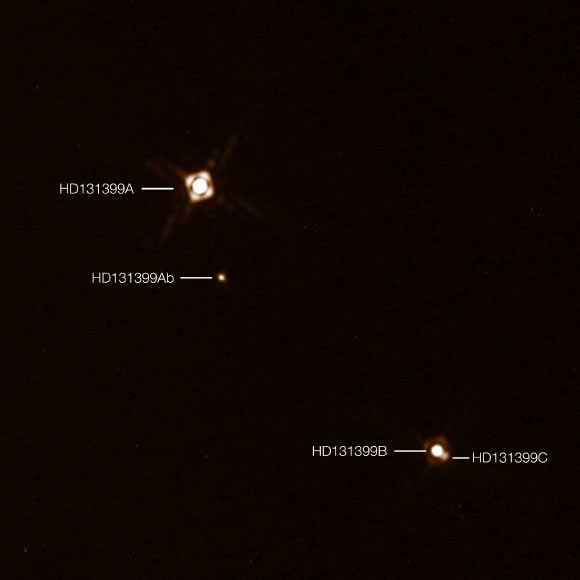 |
| A New Signal for a Neutron Star Collision Discovered NASA |
Scientists have established that the origin of this signal is the binary system 3A 0726-260.
Using data provided by the AstroSat satellite, a team of Indian researchers was able to identify strong X-ray emissions from the 3A 0726-260 binary system, which consists of a magnetized neutron star and a regular star. Scientists explain that in the case of these systems, X-ray emissions are based on the material that the neutron star attracts from the atmosphere of the neighboring star, notes Phys.
 |
| First astronomy satellite ASTROSAT |
The 3A 0726-260 system is about 20,000 light-years away, and as Indian scientists explain, it is one of the least studied pulsars in binary systems, although, according to their data. , it tends to be a fairly "bright" source, if we look at X-ray emissions. Astronomers have established that this system has an orbital period of 34.55 days, and the rotation period of the pulsar is 103 seconds. Also, this 103-second pulse appears to be followed by a secondary, but weaker, pulse detected in another observer's data.
 |
| 3A_0726-260 INTEGRAL Galactic Plane Scanning |
"Changing the pulse profile from a single peak to a double-peaked structure can be explained by the intrinsic change that occurs in the beam pattern from a pencil beam to a hay beam, leading to the beam coming out of our line. visual. The change in the impulse process can also be attributed to a transition of the accretion model from a smooth, low-energy accretion stream to several narrow, high-energy accretion streams that are blocked in phase with the neutron star.
You may also like:
Australian Radio Telescope Parkes Joins $100 Million Search for Alien Life
Recently discovered galaxy is undergoing an extraordinary boom of stellar construction, clues to universe’s evolution
Young galaxies "born" at least 50 stars annually



































